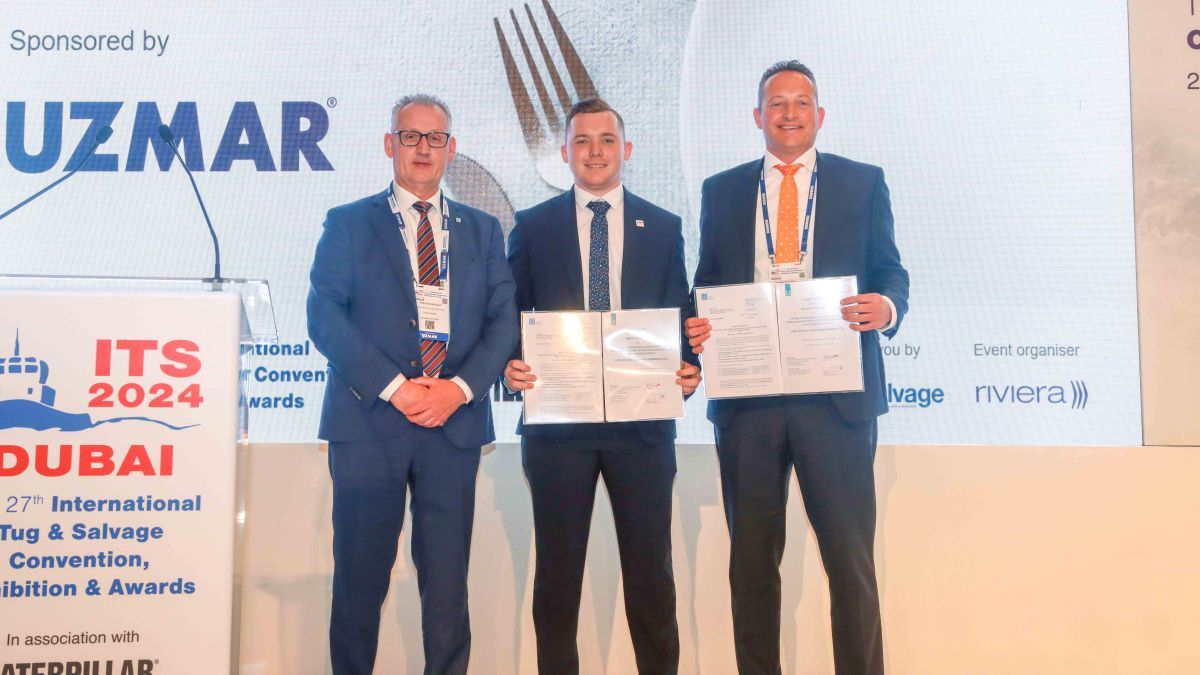Hydrogen Tugboat Projects: Onboard Storage Challenges and Future Solutions
Key Ideas
- Hydrogen tugboat projects vary in storage capacities, from 36 kg to 4,350 kg, showcasing the scalability of hydrogen technology.
- The Topeka prototype vessel under the HySHIP project aims to be the world's first zero-emissions vessel running on liquid green hydrogen.
- Industry experts stress the importance of evaluating sustainable options for tugboats, with a focus on safety and operational suitability.
- Despite challenges in the Asian towage market, there is a growing government-driven push towards carbon-neutral fuels like hydrogen and electrification.
The article discusses various hydrogen tugboat projects, highlighting the challenges and solutions regarding onboard storage capacities. Projects range from carrying 36 kg of hydrogen to a substantial 4,350 kg, emphasizing the scalability of hydrogen technology for powering larger vessels. The Topeka prototype vessel, part of the EU-funded HySHIP project, is set to become the first zero-emissions vessel running on liquid green hydrogen, showcasing advancements in maritime fuel. Industry experts stress the importance of evaluating sustainability options carefully for tugboat operations, with a mention of biofuel usage as an interim measure towards reducing emissions. While the Asian towage market faces price sensitivity limiting investments in R&D, there is a government-driven energy transition towards carbon-neutral fuels and electrification, aligning with goals of achieving net-zero emissions by 2050. Despite challenges, including the complexity of bunkering options, there is a collective acknowledgment among industry professionals of the necessity to transition towards alternative fuels like hydrogen despite the current dominance of diesel engines in terms of performance and efficiency.
